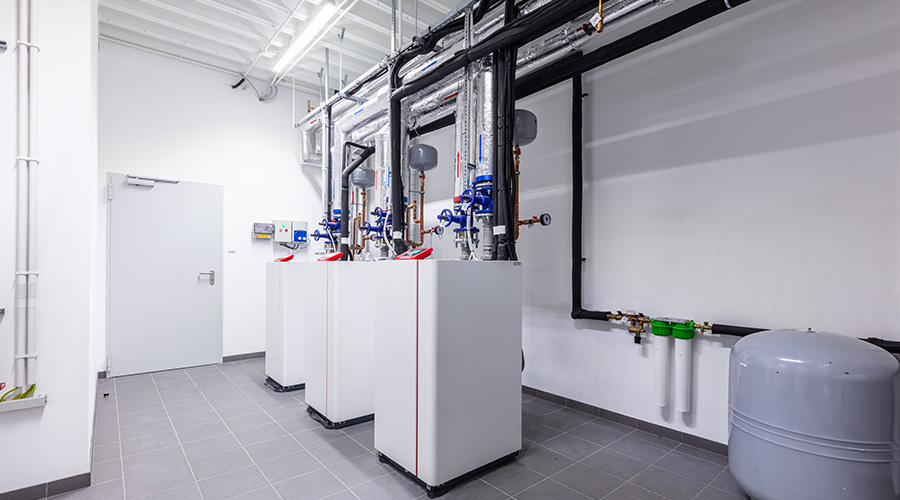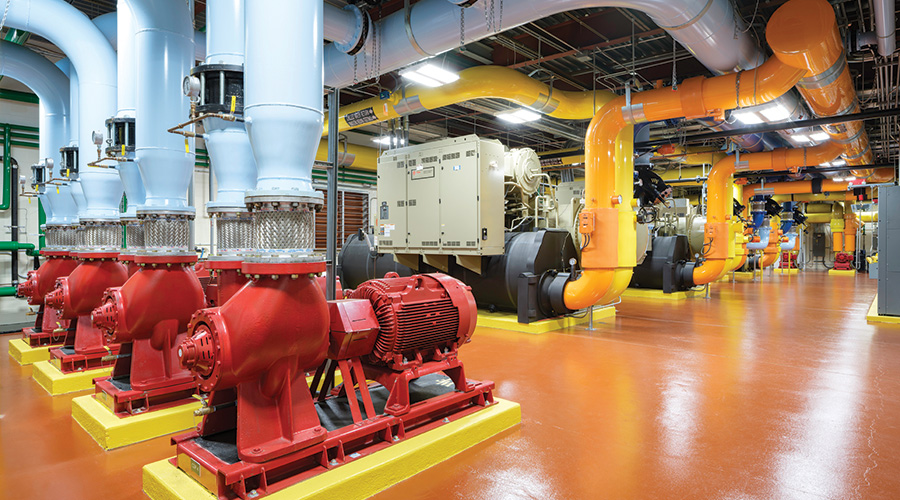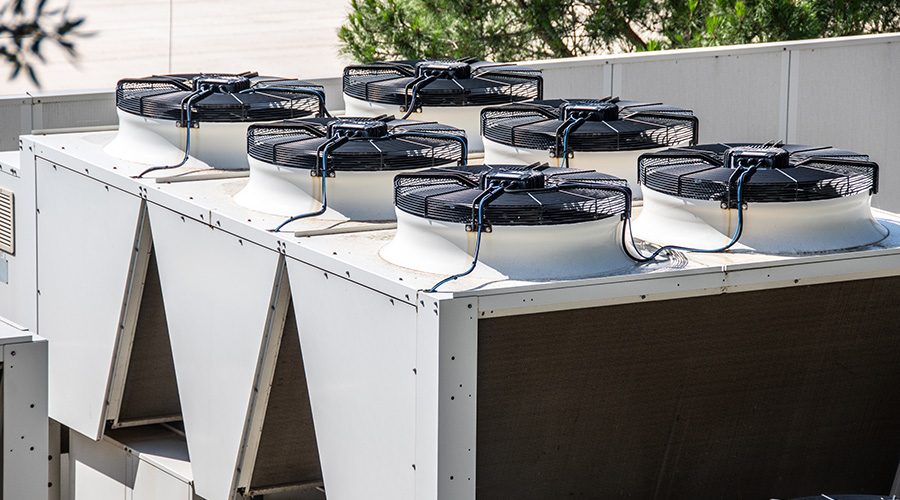Unexplored Potential In HVAC Systems
What is an underexplored area of HVAC systems that offers the potential for energy savings?
When it comes to making changes to save energy, building owners like to see low-cost or even no-cost measures. Many of these smaller fixes are relatively obvious to a third-party set of eyes with design and operational experience (perhaps hired to perform an energy audit), but may be missed by those “in the trenches.”
So before you start replacing expensive equipment, work with your building engineer or maintenance technician, and conduct an audit to make sure your existing equipment works properly.
Some of the simple things you may find include:
- Variable frequency drives that were set on bypass because of a problem with the drive. We often find drives running at the full 60Hz because they have never been returned to their proper automatic action state.
- Economizer dampers in a particular fixed position because of linkage or drive motor failures.
- Outside air dampers with a 2x4 wedged into them to keep them open because of the same control failure as above.
- Dirty primary or secondary filters cutting down on proper air flow.
Probably the most underexplored area, though, is thorough examination of the hydronic coils, primarily the cooling coils. Cooling coils, especially those with tight fin spacings, oftentimes act as filters, trapping not only particulate but also biological masses on the fins. This not only impedes the proper volume of air getting through the coils and thus to the spaces served by the HVAC system, but also reduces the heat transfer of the system, causing the compressors to work harder and thus use more energy. And it’s the biologicals that can lead to that unpleasant “dirty socks” smell. So, proper cleaning of the cooling coils can not only save energy but also improve IAQ and IEQ. Please note the emphasis on “proper.”
Answers provided by James L. Newman, CEM, LEED AP, ASHRAE OPMP & BEAP, owner/managing partner of Newman Consulting Group, LLC, consultants for energy efficient and sustainable buildings. The firm has extensive experience with audit, upgrades and energy efficiency performance improvements in existing buildings. He can be reached at jimn@newmanconsultinggroup.us.
Related Topics:














